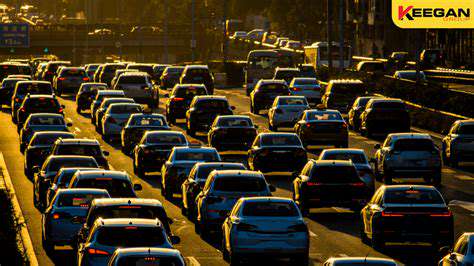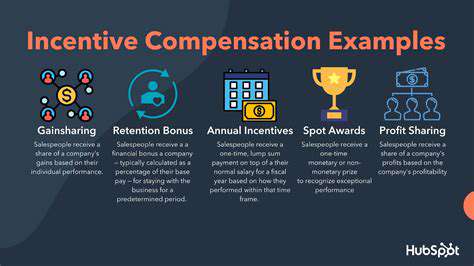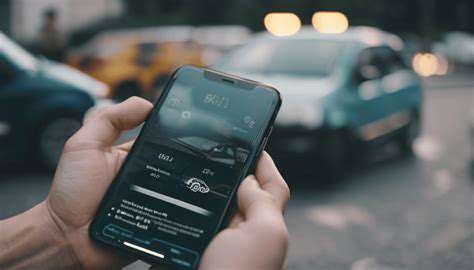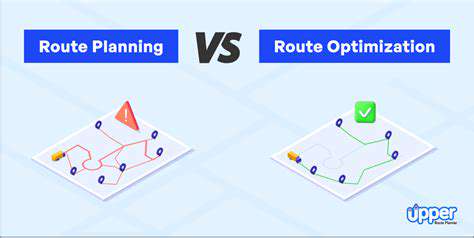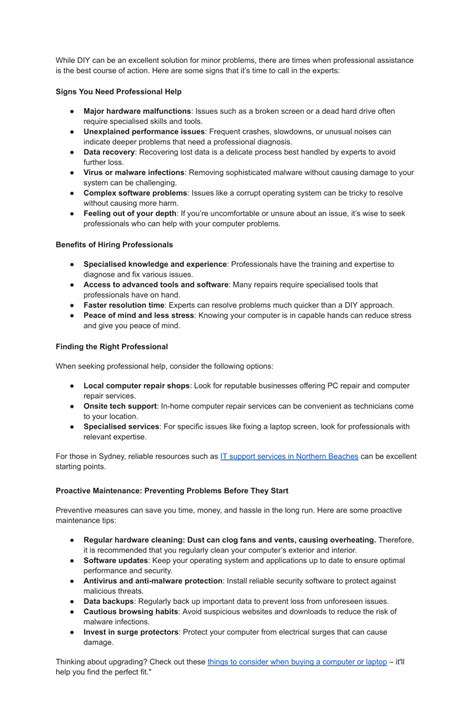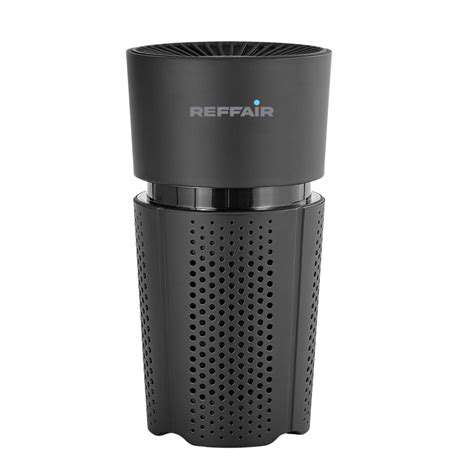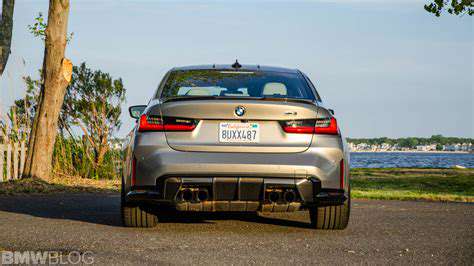The Fundamentals of Car-to-X Communication
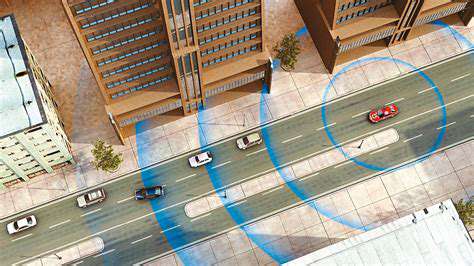
Car-to-Infrastructure Communication
Car-to-infrastructure (C-I) communication is a crucial component of the broader Car-to-X communication ecosystem. This technology facilitates communication between vehicles and various infrastructure elements, such as traffic lights, road signs, and even smart parking systems. This enables vehicles to receive real-time information about the road conditions, traffic flow, and potential hazards, leading to improved safety and efficiency. Such insights allow for proactive decision-making by drivers, potentially reducing accidents and optimizing travel times.
The exchange of data between vehicles and infrastructure is key to the smooth functioning of smart cities. This enables the creation of advanced traffic management systems, which can dynamically adjust traffic signals based on real-time conditions, leading to smoother traffic flow and reduced congestion.
Car-to-Vehicle Communication
Car-to-vehicle (C-V) communication facilitates direct communication between vehicles. This allows vehicles to share critical information, such as location, speed, and braking status, with each other. This proactive sharing of information is vital in enhancing safety and reducing the likelihood of accidents. Drivers can be alerted to potential hazards ahead of time, enabling them to react and avoid collisions.
Real-time data exchange between vehicles can also be used to improve traffic flow by enabling vehicles to adjust their speed and trajectory based on the movements of other vehicles. This is particularly useful in congested areas.
The Role of Sensors in Car-to-X
Advanced sensors are essential for the successful implementation of Car-to-X communication. These sensors, which can include radar, lidar, and cameras, are responsible for collecting the data required for communication. Accurate and reliable data collection is paramount for the safety and effectiveness of Car-to-X systems. The quality and range of data gathered significantly impact the accuracy and reliability of the communicated information.
Different types of sensors offer varying strengths and weaknesses. Choosing appropriate sensors for a specific application, taking into account factors like cost, performance, and environmental conditions, is crucial for the optimal functioning of the system. These considerations are critical for ensuring the reliability of the data exchange.
Security Considerations in Car-to-X
Security is a paramount concern in Car-to-X communication. The exchange of sensitive data between vehicles and infrastructure necessitates robust security protocols. Malicious actors could potentially exploit vulnerabilities in the system to gain unauthorized access to data or disrupt the communication network. Therefore, the development and implementation of encryption and authentication mechanisms are essential for safeguarding data integrity and privacy.
Robust security measures are crucial for preventing unauthorized access and data manipulation. This necessitates ongoing research and development to address evolving security threats and ensure the long-term safety and reliability of the system.
Future Applications and Developments
The potential applications of Car-to-X communication extend far beyond just safety features. Imagine traffic management systems that dynamically adjust traffic signals based on real-time conditions, leading to smoother traffic flow and reduced congestion. Furthermore, this technology can contribute to the development of more sustainable transportation systems.
Ongoing research focuses on enhancing communication range, improving data processing speeds, and integrating more advanced features such as predictive maintenance and personalized recommendations for optimal driving routes. These advancements will pave the way for a safer, more efficient, and sustainable transportation future.

